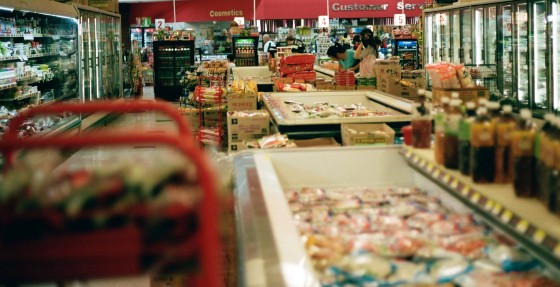
|
|
 FMCG Forecasting for Consumer GoodsForecasting for fast moving consumer goods has all the usual challenges of demand forecasting, but is particularly influenced by the high impact of promotions. Frequent promotional activity complicates the already difficult tasks of historical data cleansing and seasonal analysis, then there is the task of estimating the effect of future promotions and integrating that into the forecast. As in any company a choice has to be made regarding the time bucket to be used in forecasting. The dominance of promotional activity in FMCG, together with the likelihood of needing to integrate weekly customer forecasts, tends to tip the balance somewhat in favour of weekly rather than monthly forecasting. A slight downside to this is that the important matter of seasonal analysis becomes more difficult and may need special attention. Forecast Solutions Planning is well versed in all aspects of sales forecasting for FMCG - please get in touch with us if you think we may be able to help.
Forecasting MethodsShort term forecasting for FMCG is most commonly approached using time series forecasting. This involves analysis of the seasonality and trend shown in historical demand, with the intention of projecting those patterns into the future. In a business which is heavily inflenced by promotional activity, sometimes with pronounced seasonal patterns as well, it is usually best to deal as well as possible with these essential components and keep the statistical forecasting really simple. Causal modelling to quantify the effect on sales of causal factors such as price or weather can also be useful, but does need a good amount of consistent historical data for the analysis. Causal analysis is usually carried out in statistical software, then the results can be implemented in Excel as a sole forecastimg solution or in combination with time series methods. What the FMCG forecaster often benefits from is a wide range of information including EPOS data and continuous market research information, so a further challenge is to make the best use of the big data that may be available. Historical Data CleansingBefore any form of statistical forecasting for FMCG can be carried out it is important to cleanse the sales history on which the forecast will be based of past promotional activity and other data abnormalities. This is particularly true if there is pronounced seasonality as promotional history can easily confuse the seasonal analysis. There are a number of ways of dealing with promotions in the sales history, although the forecaster may be somewhat dependent on tools existing in software to hand. Some of the options that can be considered are:
Once the sales history has been cleansed it can then be submitted to the statistical procedures chosen for the preparation of the baseline forecast i.e. the forecast excluding promotions. Seasonal AnalysisMany FMCG products are affected by seasonality caused by a variety of factors including seasonal weather patterns and regular annual events like Xmas and school holidays. If forecasting is to be carried out in Excel there are a couple of easy methods that can be used. It is often useful to calculate seasonal factors at a logical group level ('group seasonal indices), then apply them to the most detailed level needed for forecasting. If forecasting is carried out at a weekly level, the greater amount of volatility in the historical data often leads to a ragged profile in the set of seasonal indices that are calculated and it is often necessary to smooth out the indices. This can be done quite easily in Excel, but is not available in many specialist forecasting packages. With weekly data a 'group seasonal indices' approach is especially useful. Our training
courses cover a number of these topics including some worked examples
using Excel. Estimating the Effect of PromotionsIn order to estimate promotional effect, either for data cleansing or for forecast preparation, it is sometimes necessary just to use judgement guided by market intelligence. This may be particularly true for companies where promotions are uncommon or when the particular type of promotion has no precedent. For many large FMCG companies, however, there is
likely to be a good amount of history on various types of promotions.
If that is the case it is often possible to analyse
previous promotions, consolidating those of a particular type, in order to
arrive at a set of promotional profiles. These can be based on volume or
on percentage uplift. Profiles are useful to help with data cleansing
and to build in the future effect of promotions into the forecast. |
||
